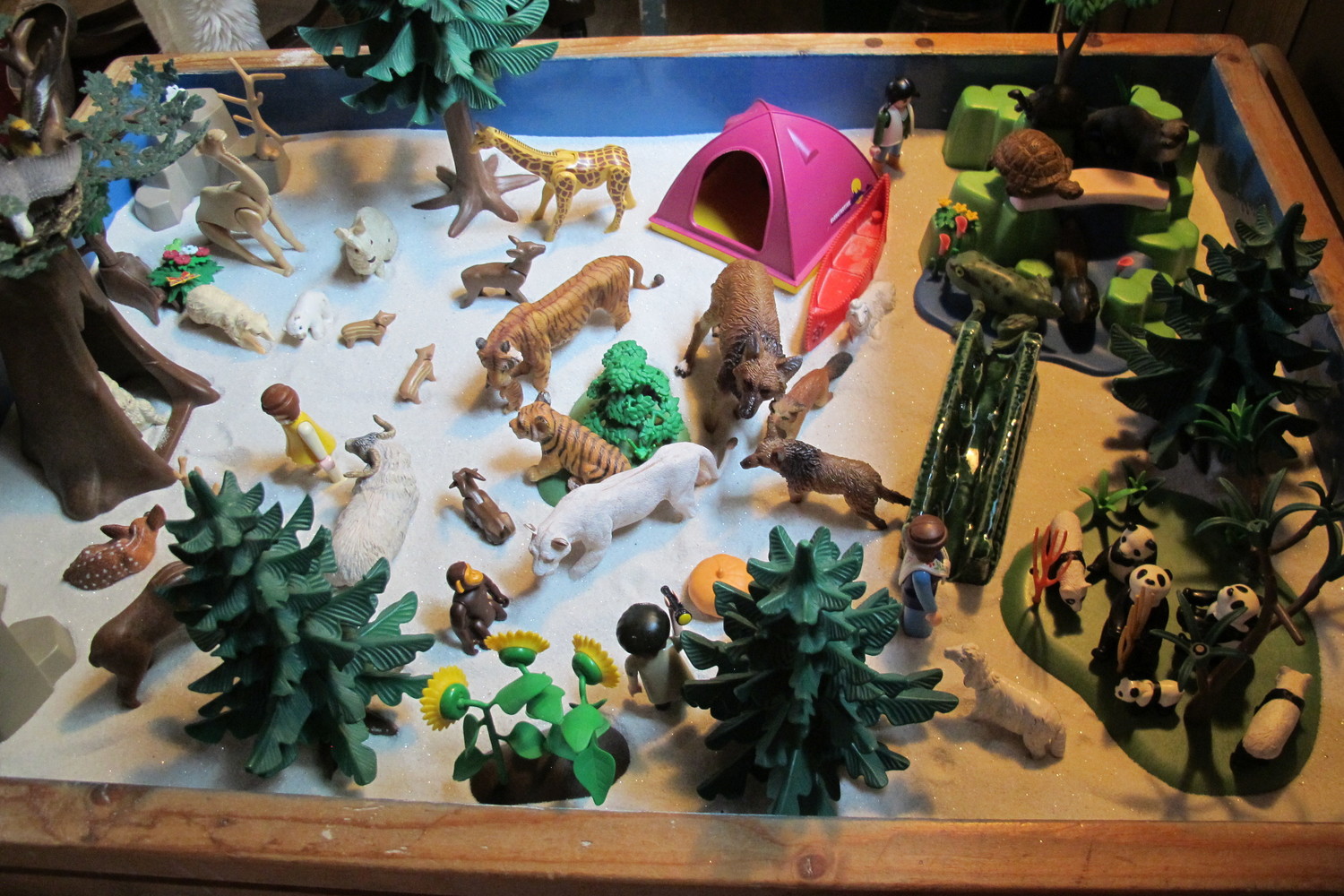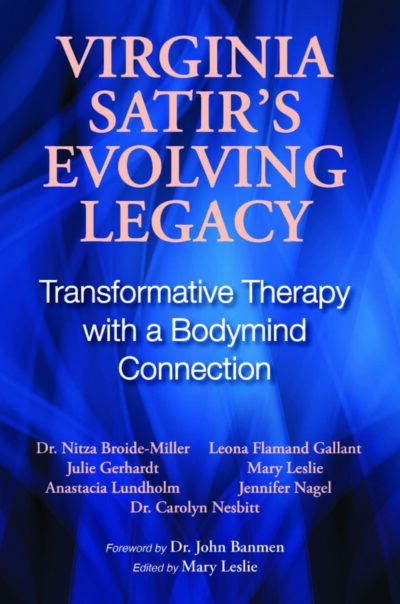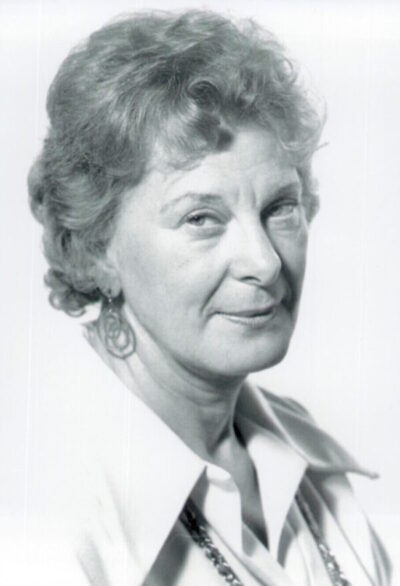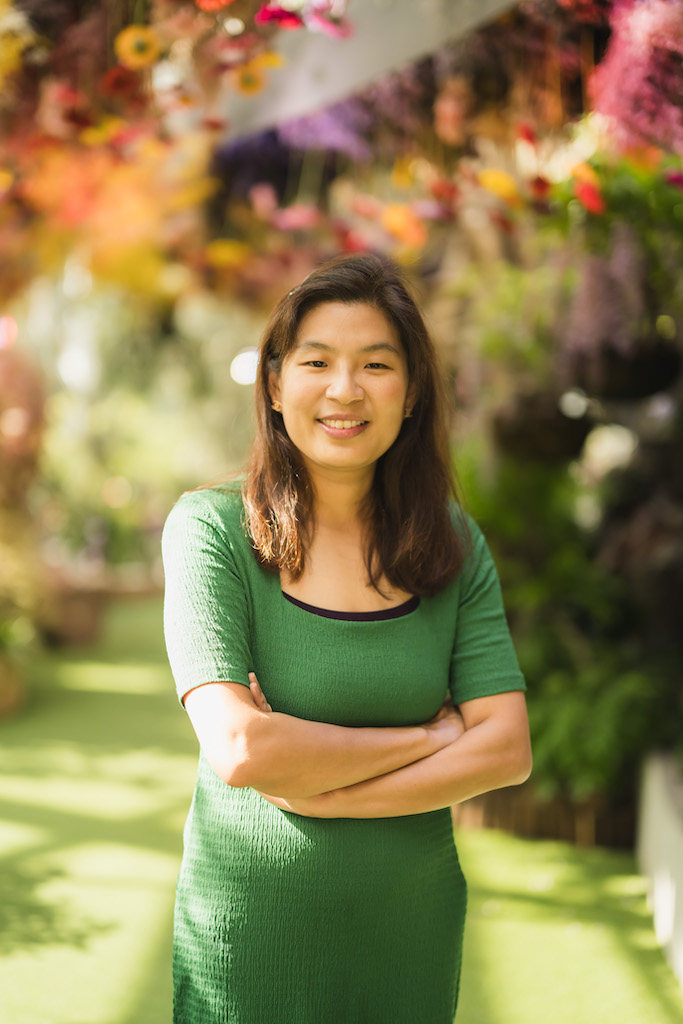
by Madeleine De Little, RTC, MTC, RCS, M.Sc. Ph. D. Cand.
Madeleine has been a school counsellor for nearly 30 years and in private practice for 15 of those years. She has recently retired form the school system to focus on her private practice and her training therapists all over the world in her new approach using the Satir model. Her book is titled, Where Words Can’t Reach: Neuroscience and Satir in the Sand Tray. Madeleine’s approach is for the clients young and old to use figurines in the sand tray in order to express their internal world of the iceberg through symbols and metaphor. Madeleine is also particularly interested in the personal growth of therapists and is about to complete her doctorate at Simon Fraser University in developing a pedagogy of transformative education for student counsellors. Madeleine can be reached at mdelittle@gmail.com or 604 626 9671 and her website is at wherewordscannotreach.ca
My journey with the Satir Model started some twelve years ago in the Abercorn Inn in Richmond. John and Kathlyne took it in turns to teach us Level 1 and subsequently my world opened up to infinite new possibilities. Jennifer Nagel and Pindy were my inspirational supervisors and I remember asking Jen about her journey. She described the retreats at Rosemary Heights illustrating it with a photograph of the gardens. I knew from that moment on, that I would never look back. I have lost contact with Pindy but I want to thank Jen for her continued positive support and modelling through the years.
The Satir model has impacted me so much and I cannot do it justice or explain it all in one blog. For now, I want to tell you how the Satir model has helped me realize the ways I kept myself emotional safe, how I learned to let go of my unmet expectations and how I have embraced intuition. I also want to share with you how I have applied the Satir model to counselling children and adults using the sand tray and finally give you some insights into my doctoral study.
The Satir model describes the four ways that we keep ourselves safe when there is conflict as our ‘coping stances’. Virginia was remarkable in her prescience with regard to what neuroscientist, Stephen Porges (2011) now calls the “Polyvagal Theory”. She knew back then that we use certain behaviours to keep us safe and now neuroscience has found the specific biological circuitry for social engagement (congruency), mobilized (placating, blaming, super-reasonable and irrelevant), and Stephen Porges term immobilized state. Porges’s model and my experience of studying anxious children over many years has led me to add this fifth coping stance which I call the frozen coping stance. This aligns the Satir model with the neuroscience and separates out the irrelevant stance into two stances. One is highly mobilized and the other immobilized or frozen.
Through my training in the Satir model and subsequent work as a therapist, I have realized how the placating stance has kept me safe. As a child I avoided conflict and this was, as an adult, leaving me somewhat paralyzed in dealing with difficult situations in counselling and in my personal life. Conflict in family therapy was too overwhelming for me and for a while I avoided it. But I have come to accept and appreciate how placating my overbearing twin brother and older sister not to mention my alcoholic father, helped me stay emotionally safe. I have separated out the positive aspects of this dominant placating stance and let go of the part that has not been helpful. This understanding is central to my work in the sand tray. The client can use a figurine to symbolize the helpful part that they want to maintain. In turn they can then make a decision about what to do with the unhelpful part, typically making the figurine smaller or moving it away or out of the sand tray altogether
Another important use of acceptance and appreciation is around the Satir model’s understanding of unmet expectations. The appreciation that my parents were trying to do their best (even though at times I wondered) has been powerfully transformative for me and subsequently for my clients. The grace to which I have been able to let go of my resentment of the unmet expectations in my family of origin has given me the freedom to genuinely help my clients. I have experienced the relief of acceptance, appreciation and forgiveness and with that I can share a similar hope for my clients. We now know from research that the lending of hope is as important if not more to our clients than any technique that we may use.
Along with the beliefs, principals and the blueprint of the iceberg, Virginia used her intuition throughout her work. When I watch videos of Virginia I am often left feeling stunned at her processing, and wondering what just happened. It often takes me several viewings to begin to grasp how she so respectfully and gently moves the family towards experiencing balance. It is so freeing to tap into my intuition, as I stay curious and attuned to my client. I am open to see what emerges out of me intuitively at any moment in the therapeutic process. We now know from neuroscience that intuition is a right mind-body connection between and within the therapist and the client. Virginia again showed foresight in believing as she followed her own intuition that her clients too, if provided with a safe nurturing environment, could access theirs.
The adaptation of the Satir model to the sand tray has been a labour of love for many years. I had already started to write a book about my sand tray work back when I first went to the Abercorn Inn in the level 1. I immediately began to merge my newly acquired principals of the Satir model with my therapeutic work in the sand tray and my book reflected this new approach. My approach, which I have called Neuroscience and Satir in the Sand Tray (NSST), can be applied to three-dimensional pictures using figurines in the sand tray to represent all the feelings, and feeling about the feelings, expectations, perceptions and yearnings being represented with figurines in the sand tray. I either begin the work by asking the client ‘to make a picture’ of the presenting problem using the figurines. Or I will invite the client to represent their yearnings by asking them to ‘make a picture of what it would be like if you did not feel this way’. For the latter the client is almost always able to place trees, flowers, beautiful winged creatures, signs that read peace, heart stones gathered around each other. Then I will ask them to find symbols for what is getting in the way of them feeling this way. Critical to this process is what I have already described when the client is able to literally separate out the part of the defensive coping that has been useful from the part that is not useful by finding figurines to illustrate these different parts. In a sense every sand tray is a parts party. When figurines representing the parts of the client that can help are introduced into the sand tray there are profound lasting changes that occur in only one session. Once this occurs then the picture starts to become integrated, and better connected as the flow of energy and information (Siegel, 2016) between mind and body occurs. The client is able to experience their own epigenetic changes as they move the figurines around and find a state of integration and balance.
My Ph.D. involved the training of a number of student and practicing counsellors in the NSST model within an intentionally nurturing and safe environment. My research how deep and lasting personal growth can occur in a very short space of time, while learning a counselling technique. What was very interesting about this work is that most of the participants when initially asked what their personal growth goals were, they only talked about being a better counsellor, or being able to use the sand tray. Yet after the two days of training in the NSST approach they became aware of their personal growth issues and emphasized how they had grown, changed, and felt more confident and competent both personally and professionally. They also expressed how as they gained powerful insights into their past coping patterns, they then had a richer choice of feelings and perceptions for themselves. This in turn led to the participants having a deep connection to self and to the universe. Another very interesting theme was that the training had afforded several of the participants to be come free from long-term serious chronic pain. Last but not least, the participants expressed how essential it was that a safe and nurturing environment was provided for them to be vulnerable and to learn and take risks.
Most of this sounds familiar to the reader I am sure but there has been very little actual research on personal growth whilst learning the Satir model. We know as practitioners that this goes on for our clients, but little has been researched on the impact of the training in any version of the Satir model on the personal growth of the participants.
In summary the Satir model has changed my life beyond belief. I am no longer the woman, wife, mother, or counsellor that I was 12 years ago and my family, new partner and my clients have all gained from the training. John Banmen once asked us at a Masters retreat what our purpose was on this earth. I now understand what mine is. My purpose is to help therapists throughout the world be the best that they can be so that they may help their clients to be the best they can be. I now know that the way I can do this is by teaching them about Neuroscience and Satir in the Sand Tray.
If you are interested in training in this model please contact me as I have many opportunities coming up in the fall of 2017.
Madeleine De Little February 2017




